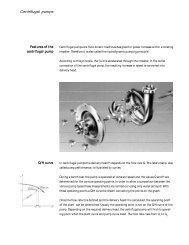Pump cleaning Cleaning CIP CIP plant cleaning CIP compatible ...
Pump cleaning Cleaning CIP CIP plant cleaning CIP compatible ...
Pump cleaning Cleaning CIP CIP plant cleaning CIP compatible ...
Create successful ePaper yourself
Turn your PDF publications into a flip-book with our unique Google optimized e-Paper software.
The t ransf er of hygienic, high quality product s requires a clean pump. Theref ore at t he end<br />
of a production process the pumps must be cleaned immediately. The <strong>plant</strong> needs to be<br />
clean and free from germs before starting a new production cycle.<br />
<strong>Cleaning</strong> is the operation to remove all traces of product from the <strong>plant</strong>. A properly cleaned<br />
surface is free from visible, perceptible or chemically detectable dirt deposits (residue).<br />
The standard <strong>cleaning</strong> process for <strong>plant</strong>s is the <strong>CIP</strong> - (<strong>Cleaning</strong> in Place). This implies <strong>cleaning</strong><br />
without dismantling of the <strong>plant</strong> by means of <strong>CIP</strong> fluids.<br />
In the food industry a <strong>CIP</strong> process requires the following steps:<br />
• preliminary rinsing with water<br />
• flushing with alkaline solution<br />
• intermediate rinsing with water<br />
• flushing with acid<br />
• rinsing with clean water<br />
To clean the unit efficiently a turbulent flow of the <strong>CIP</strong> fluid is required. A minimum flow<br />
velocity in pipes is usually 2 m/s.<br />
Viscous fluids are often transferred by positive displacement pumps at low flow velocities. In<br />
order to obtain the flow rate required for <strong>CIP</strong> it may be necessary to fit an additional <strong>cleaning</strong><br />
pump such as a centrifugal pump.<br />
Frist am pumps are fully <strong>CIP</strong> capable. They are characterised by:<br />
• welded and ground joints<br />
• round edges and angles<br />
• smooth joining<br />
• no narrow gaps and dead legs<br />
• O-rings immersed in the pump housing<br />
• smooth, nonporous internals with a high surface finish<br />
<strong>Pump</strong> <strong>cleaning</strong><br />
<strong>Cleaning</strong><br />
<strong>CIP</strong><br />
<strong>CIP</strong> <strong>plant</strong> <strong>cleaning</strong><br />
<strong>CIP</strong> <strong>compatible</strong> design
<strong>Pump</strong> <strong>cleaning</strong><br />
SIP<br />
After <strong>CIP</strong> <strong>cleaning</strong> an additional sterilisation in place process (SIP) may be required when<br />
highly sensitive products are handled, inactivating any micro- organisms which might be still<br />
present in t he pump.<br />
The sterilisation can be carried out by means of chemicals, hot water or steam. In the dairy<br />
industry the sterilisation temperature is approximately 145° C.



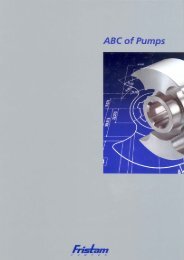
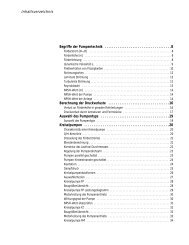

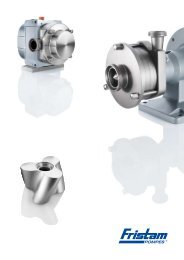
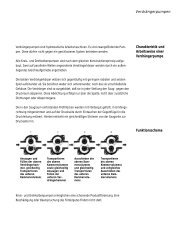
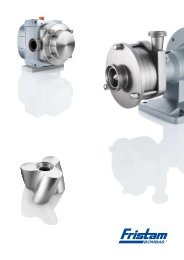
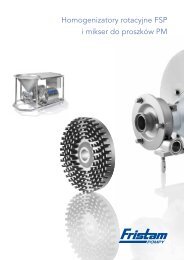

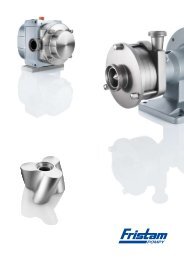
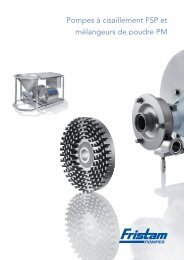
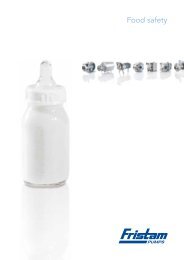
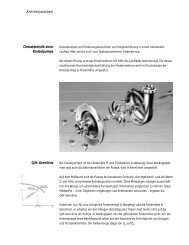
![Förderhöhe [m] - Fristam Pumpen F. Stamp KG](https://img.yumpu.com/2915008/1/190x245/forderhohe-m-fristam-pumpen-f-stamp-kg.jpg?quality=85)
